View all Standards for Florida Sunshine State Standards
TH.912.S.2.9 Research and defend one's own artistic choices as a designer.
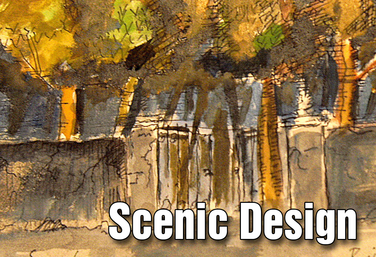
Part of the Drama One Curriculum
Scenic Design
by Karen Loftus
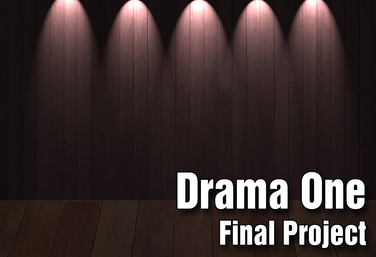
Part of the Drama One Curriculum
Drama One Final Project
by Karen Loftus
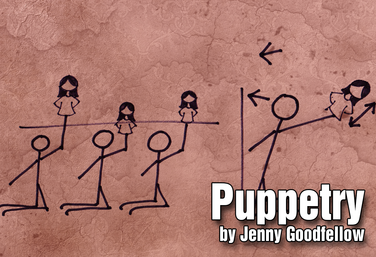
Puppetry
by Jenny Goodfellow
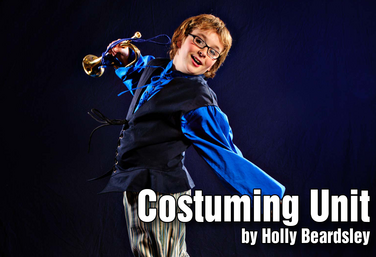
Costuming
by Holly Beardsley
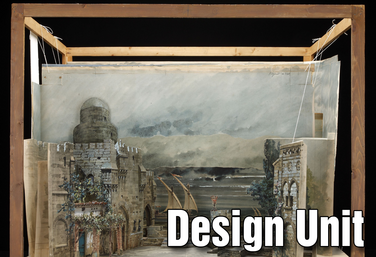
Part of the Drama Two Curriculum
Design
by Matt Webster
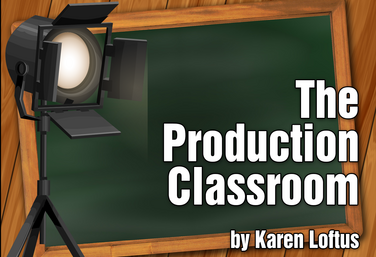
Part of the Production Classroom Units Curriculum
Production Classroom Units Overview
by Karen Loftus

Part of the Production Classroom Units Curriculum
Part One - Pre-Production
by Karen Loftus

Part of the Production Classroom Units Curriculum
Part Two - Rehearsal and Performance
by Karen Loftus

Part of the Production Classroom Units Curriculum
Part Two - Documents
by Karen Loftus

Part of the Production Classroom Units Curriculum
Part Three - Reflection and Assessment
by Karen Loftus

Part of the Stagecraft Without a Theatre Curriculum
Elements of Design
by Karen Loftus

Part of the Stagecraft Without a Theatre Curriculum
Costume Design
by Holly Beardsley, Karen Loftus, and Josh Hatt

Concept-Based Design for the Theatre Teacher
by Matt Webster
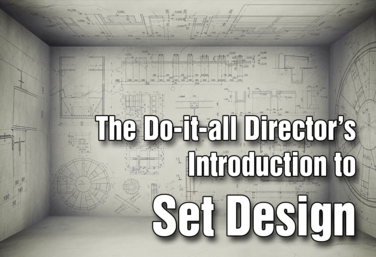
The Do-it-All Director's Introduction to Set Design
by Holly Beardsley
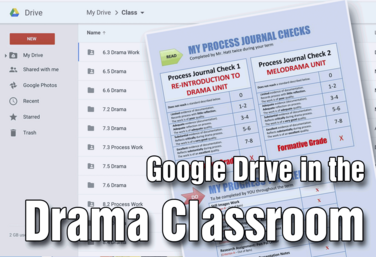
Google Drive in the Drama Classroom
by Josh Hatt

Basic Lighting for Drama Teachers
by Claire Broome

The Production Classroom
by Karen Loftus
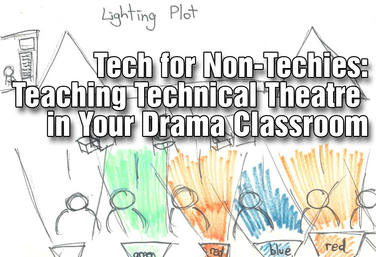
Tech for Non-Techies: Teaching Technical Theatre in Your Drama Classroom
by Josh Hatt

Director's Toolbox 2: Teaching Students to Direct
by James Van Leishout
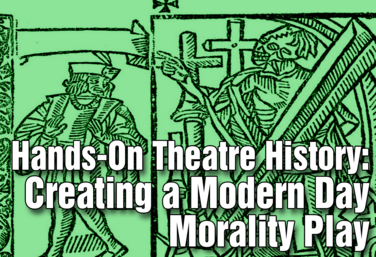
Hands-On Theatre History: Creating a Modern Day Morality Play
by Wendy-Marie Martin
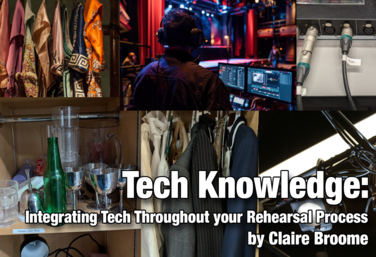
Tech Knowledge: Integrating Tech Throughout Your Rehearsal Process
by Claire Broome
View all Standards for Florida Sunshine State Standards Standards Master List